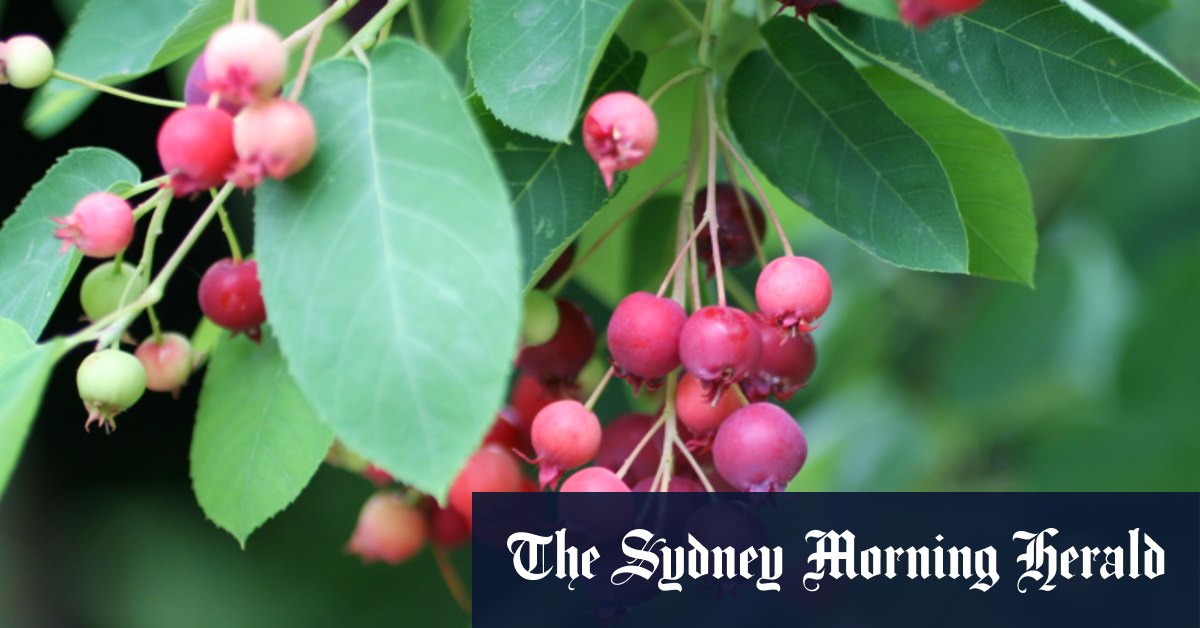
Wall Kimmerer’s traction as a communicator also comes from the cultural torque created by her fusion of Potawatomi values with the complementary application of her expertise as a botanist. Two types of science overlap in her writing: Indigenous science, in which the natural motion of a literacy of living things dissolves the stagnancy of individual ownership and hoarding, and Western Enlightenment-style science, with its highly useful inventions, classification systems, research technologies, and its precise articulations of our natural inquisitiveness as a storytelling species.

Serviceberries are used as both medicine and foodstuff.Credit: iStock
Loading
In The Serviceberry, Wall Kimmerer’s own storytelling gift focuses on the way communities can seed a slow recovery from cultural and economic atomisation via the circularity of a different approach to the food, air and water that sustains us. In this system, the economics mirror the model of our bodies, receiving energy from the Earth – water, air, vegetables, fruit, meat – which is then passed on to recirculate in a regenerative process of gratitude from exchange.
She outlines the “goods and services” involved in the life cycle of the berry from soil, sun and rain, to flower to fruit, to dispersion via the other species who consume it – herself included. The central emblem, the serviceberry of her heartland, becomes, in her purposeful hands, as nourishing culturally and philosophically as it is as a medicine and foodstuff.
Importantly, this account of the seasonal processing of the plant serves also as a political metaphor. Wall Kimmerer does not mince her words about the impacts of extractive capitalism, and she shows how if scarcity is our starting point then it’s more than likely to be our end point too. She prefers the pre-emptive concept of knowing when we have enough; she employs the simple fact that a mother does not sell her milk to her baby as a guiding motif for a maternal gift economy that works within the perpetual logic of mother earth.
Wall Kimmerer is clear that the kind of fluent connections this kind of economics relies upon cannot be scaled up. Nor does she think the serviceberry model will entirely replace current systems, but she does believe it can work within and alongside them. Indeed, that it must. Anyone who lives in any kind of community knows that if sharing and gratitude become the rule of thumb then the circularity of plant and animal systems, including our own, is soon joined by hope for the future.
We know well in Australia, this richly quilted continent of diverse ancient and modern cultures, the necessary logic of this. And for those who haven’t realised it yet, reading The Serviceberry might be a gentle way to help take off the blinkers.
The Booklist is a weekly newsletter for book lovers from Jason Steger. Get it delivered every Friday.



